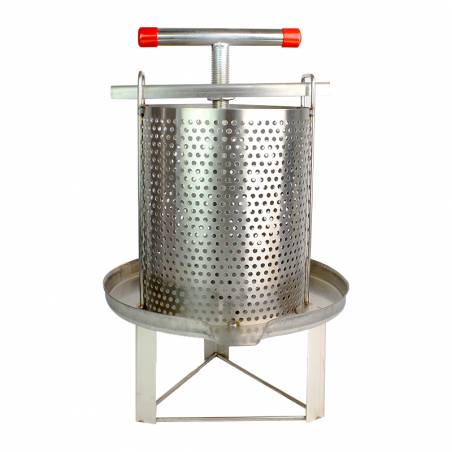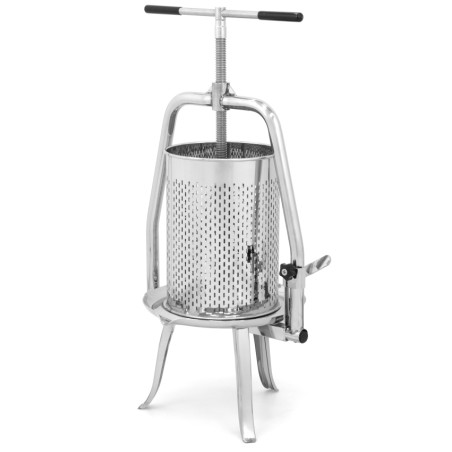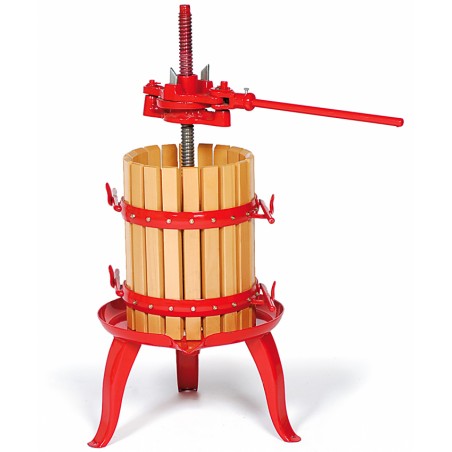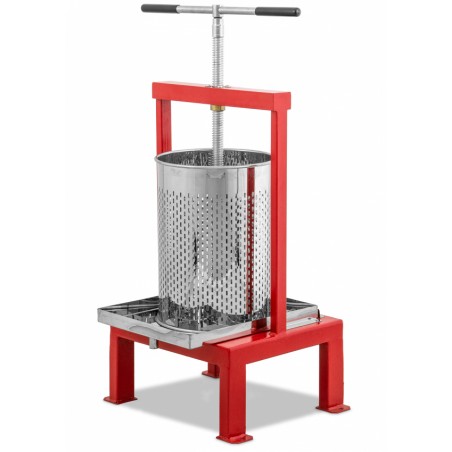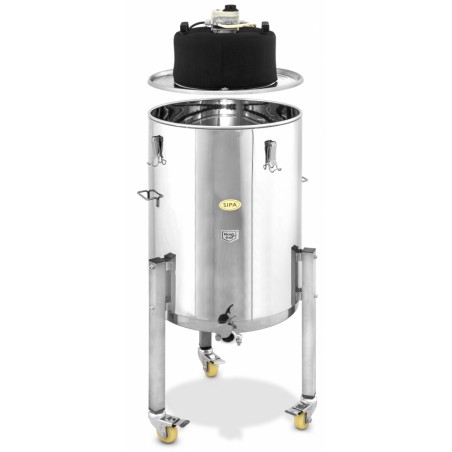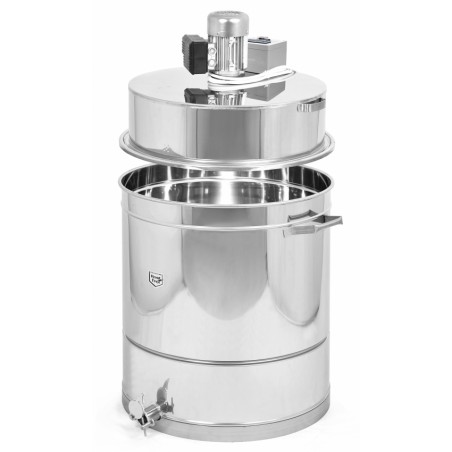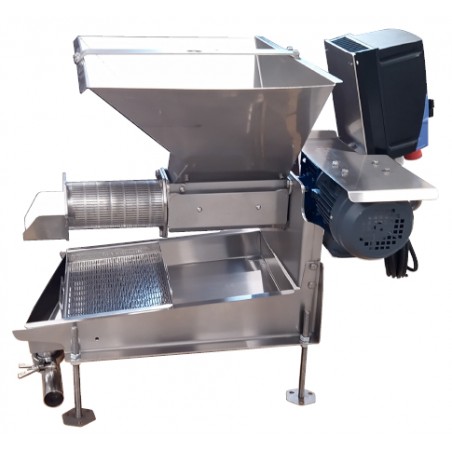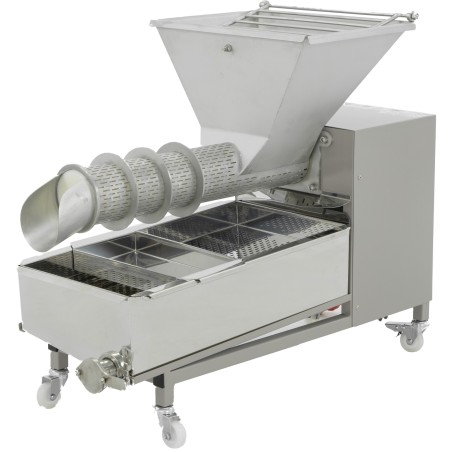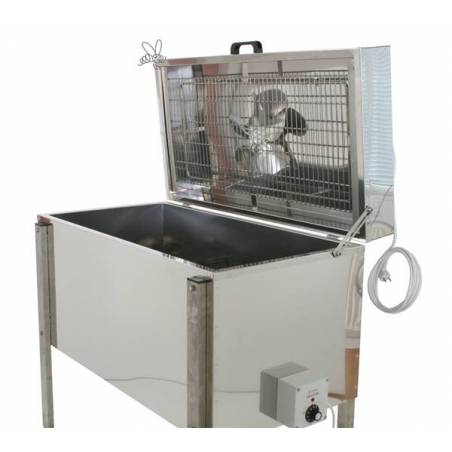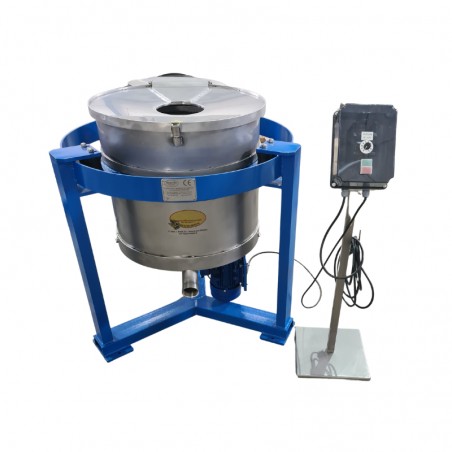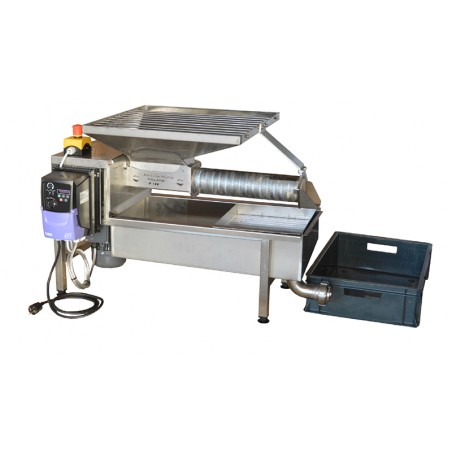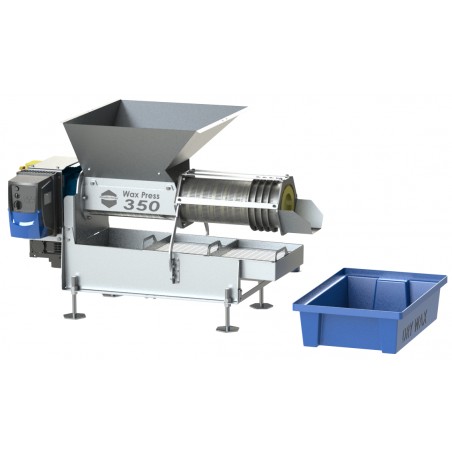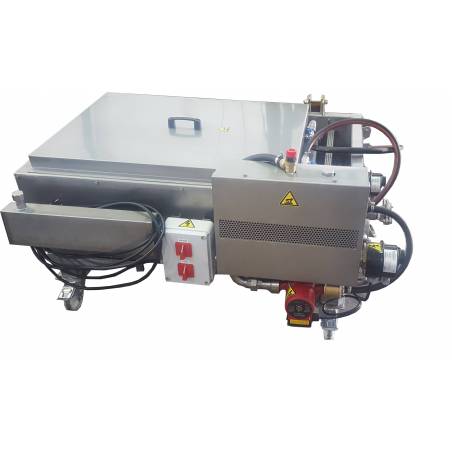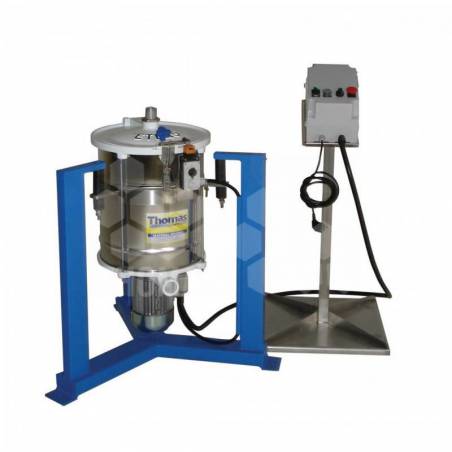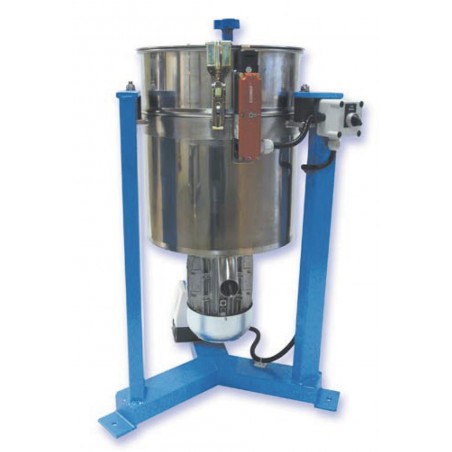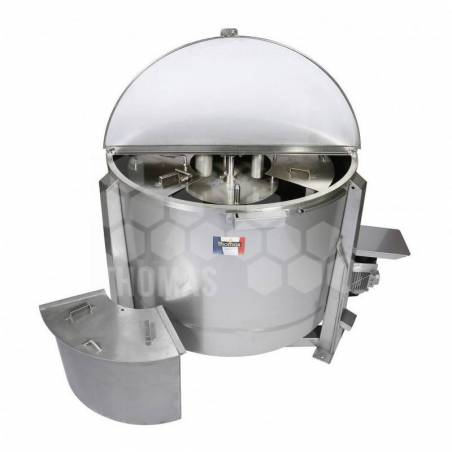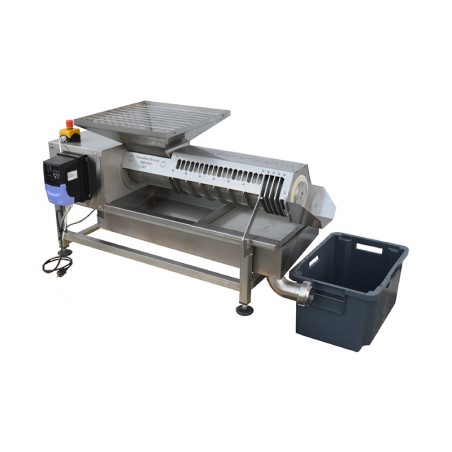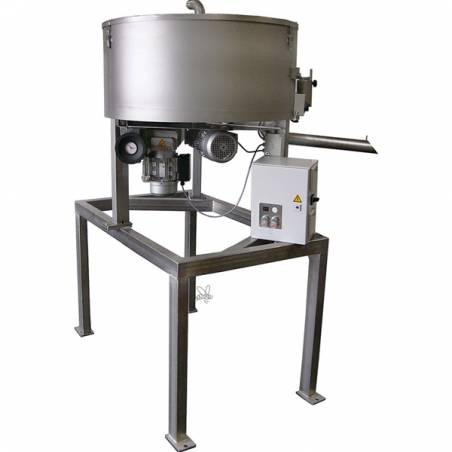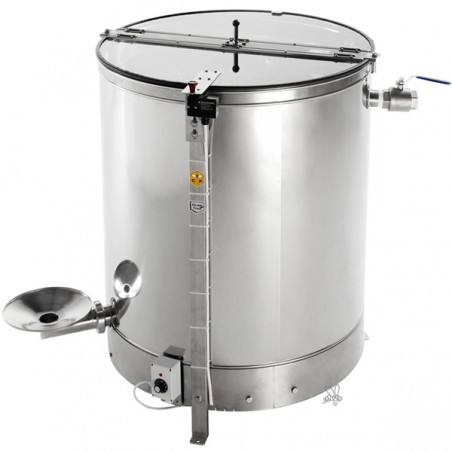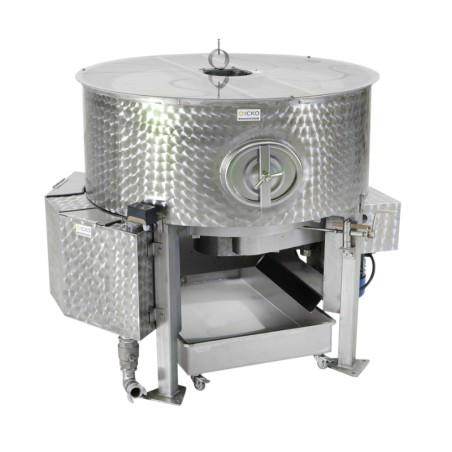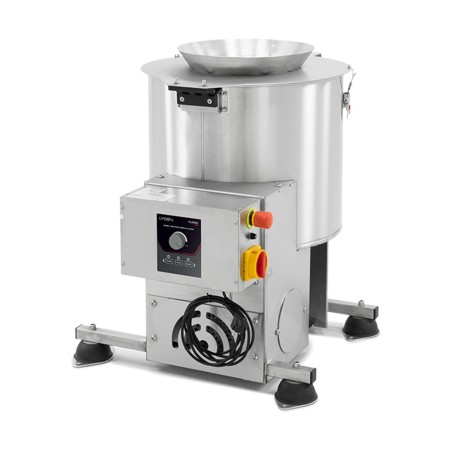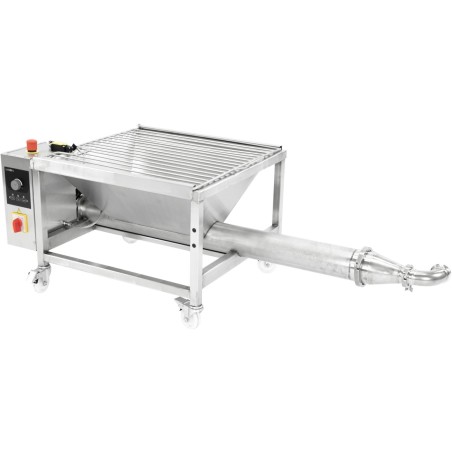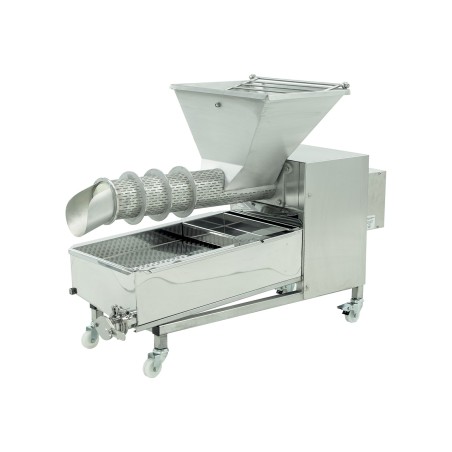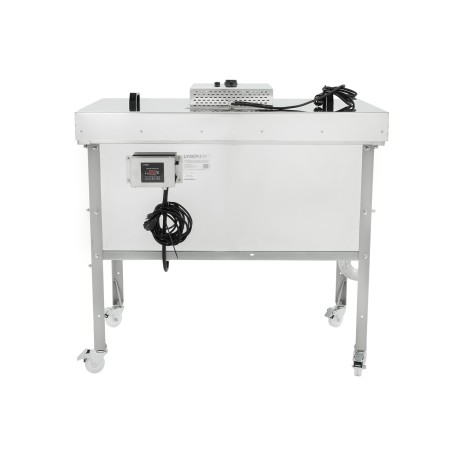Cappings Handling
Recover honey and wax from cappings efficiently with professional presses, melters and centrifuges.
Efficiently Handle Cappings with Our Tools
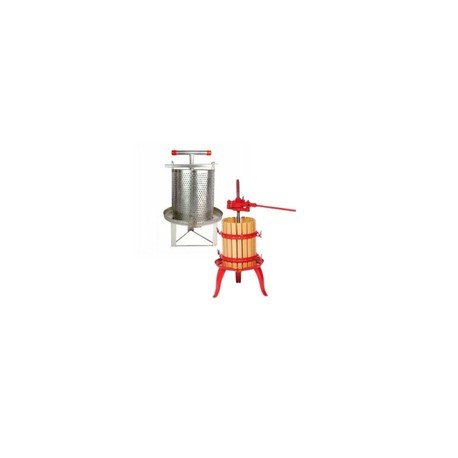
Cappings Handling
When you uncap the frames, the cappings retain a significant part of the harvest. In many cases, up to 5–8% of the total honey stays trapped there. But with the right equipment, that “residue” becomes a valuable source of raw honey and clean wax.
In this section, you’ll find dedicated tools for cappings treatment: presses, melters, centrifuges, thermomixers... Each one serves a different type of beekeeper and a different production scale — from those handling small batches by hand to professionals processing hundreds of kilos per day.
What can you do with cappings?
• Press them cold to extract honey without raising the HMF.
• Centrifuge them for quick yield on large volumes.
• Melt them directly if you’re aiming for wax rather than honey.
• Combine methods (press + melter, or centrifuge + thermomixer) to maximize efficiency.
The best approach depends on the type of honey (more or less viscous), your production scale, how you use the wax, and the infrastructure of your honey house.
Why is proper cappings treatment so important?
Because cappings wax is among the purest and most valuable waxes available — ideal for melting, embossing, selling, or even using in cosmetics. And because every drop of honey recovered from cappings is honey you don’t lose. Quite literally, you’re talking about 5 to 10% of your annual harvest.
What will you find in this category?
• Manual presses, sturdy and effective, perfect for extracting honey without heat.
• 2-in-1 melters, combining melting and pressing in one step.
• Specialized centrifuges, from mini-drums for small workshops to industrial units with automatic discharge.
• Multifunctional solutions like thermomixers, which heat, stir, and speed up cappings settling.
All our machines are made of food-grade stainless steel and built to last for years under real working conditions. We work with leading European brands such as PARADISE®, Carl Fritz®, Thomas®, ICKO®, Lyson® and SAF®.
Not sure which setup is right for you? Contact us. We’ll be happy to help you find the right solution for your workflow.
Turn your cappings into a resource — not a waste.

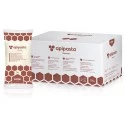 Apipasta with vitamins 15kg
Apipasta with vitamins 15kg
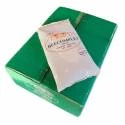 Beecomplet® Spring 14Kg
Beecomplet® Spring 14Kg
 Beekeeper suit with round veil
Beekeeper suit with round veil
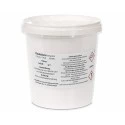 Oxalic acid 1kg
Oxalic acid 1kg
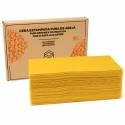 Beeswax Foundation 5kg
Beeswax Foundation 5kg
 Fresh royal jelly 20g
Fresh royal jelly 20g
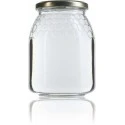 Classic honey jar 1kg comb-lines TO77 - Pack of 16 units
Classic honey jar 1kg comb-lines TO77 - Pack of 16 units
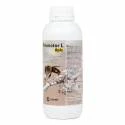 Promotor L 1 liter
Promotor L 1 liter
